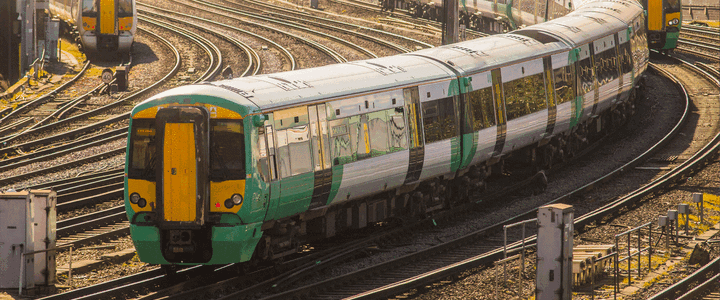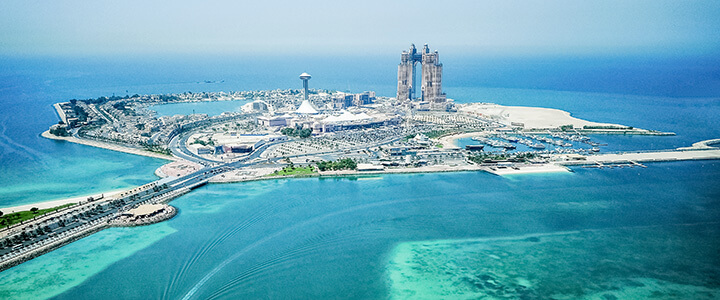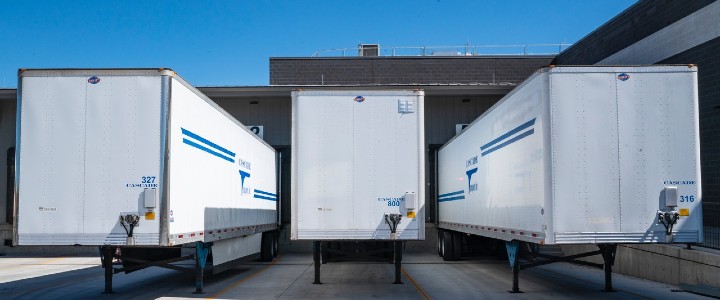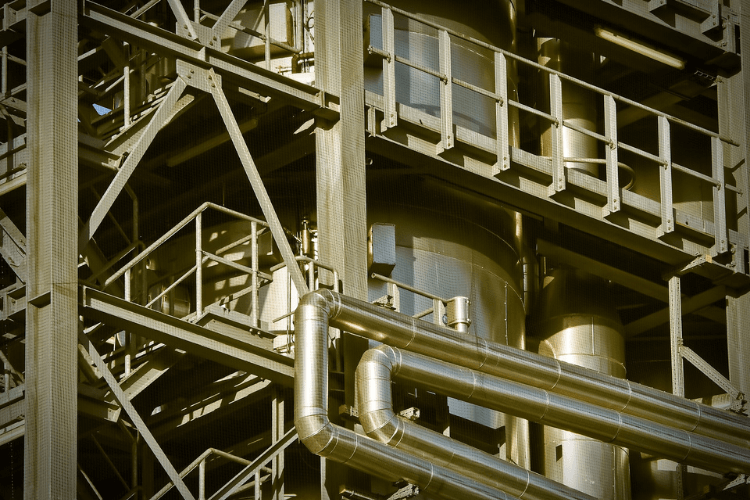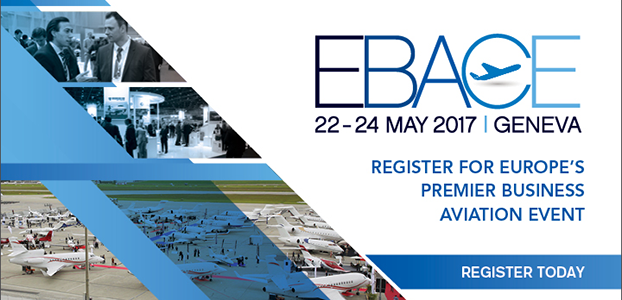Risks That Railway Risk Management Software Will Help You Manage
There could be a number of differences when it comes to maintenance, operations, environment, and regulatory requirements in different parts of the world; however, the risks that the railway industry in general has to manage are the same throughout. Railway risk management software is used worldwide for this purpose. The most common risks that it helps infrastructure managers and operators manage include:
Collisions
Railways worldwide mostly report two types of collisions: one that takes place between infrastructure and trains, and the other that takes place between two trains. Collisions between two passenger trains that are running in the opposite direction are very rare. The effects of these collisions are very serious.
To do away with collisions, the railway industry employs different types of signals featuring different complexities. The purpose of all the signals is the same – to ensure that trains don’t come onto each other’s path. The railway industry worldwide reports several cases of low-speed accidents in yards, stations, and depots too. There could be a number of reasons behind the occurrence of such accidents, including speeding, signalling system error, driver overlooking signals, division of trains, routing faults, and rail-wheel adhesion problems amongst others.
This is where railway risk management software comes in. It helps the stakeholders take account of all the causes of collision and ensure that all of them are done away with.
Derailment
Derailments are not that common, and ones that lead to significant casualties or injuries are rare, to say the least. Derailments often affect just one train, but things can get worse if the train that is derailed falls on the running line adjacent to its own line.
The primary causes of these accidents are technical in nature. These include train suspension issues, track geometry issues, rail-wheel interface fatigue, defective/damaged crossings and switches, and others. Poor driving, inappropriate points setting, high speed, and other operator errors can also lead to derailments. Risk management software allows you to not only conduct risk assessment but also help you implement maintenance systems and other solutions more efficiently.
Grade/level crossings
Several measures are taken to ensure passenger safety inside trains. These steps have increased the level of safety that passengers experienced a decade or so ago. However, the concern that the railway industry is facing in relation with safety of passengers is associated with its external interfaces, such as level crossings, stations, and boundaries amongst others.
The devices available for warning at crossings are different. These differences are based on usage and location. These warning devices could be anything from effective signage to barriers with complex object detection capabilities. Accidents that occur at external interfaces could be due to ineffective or damaged level crossing equipment, unawareness of road users, unexpected arrival of another train at the crossing, or distraction. Most of these accidents occur because of the carelessness of the road users, who just ignore the warning signs.
Trespassers also are a very big cause for concern, especially in areas that are more densely populated than others. These accidents often result in casualties and serious injuries. While they don’t pose a direct risk to the lives of passengers, the psychological trauma that they can bring to not only the victim’s kin but also emergency and railway staff is overwhelming. Modern trains are dangerous for these trespassers as they are too quiet and often leave these people very little time to react.
Risk to railway staff
The industry has come a long way in providing a higher level of passenger safety; however, the same can’t be said about railway staff. Workers that do their jobs on tracks are the most vulnerable as they are exposed to moving trains as well as electricity. They also have to do with anti-social working hours and poor environmental conditions. The most important measure that the industry has taken is to assess these risks through the risk management software.
However, there is no good in just identifying the risk if you aren’t doing anything to minimise them. So, it is all about using the software to find the causes that are a threat to worker safety and then use these findings to come up with measures that can help in improving the level of this safety.

